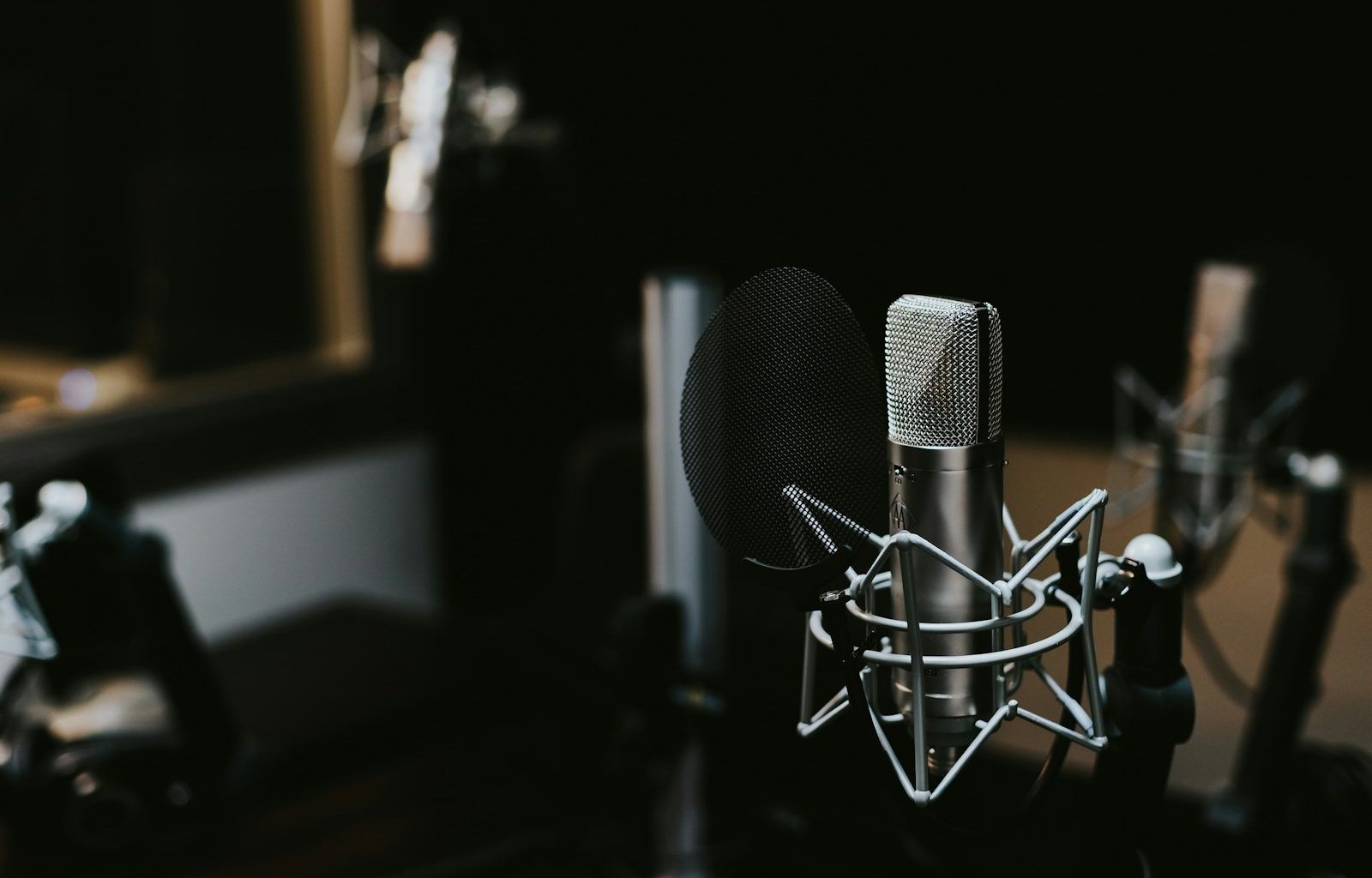Dreaming of recording your own song in a studio? You’re not alone! It’s a magical experience that transforms your music from an idea into a polished masterpiece. If this is your first time, it can feel overwhelming, but don’t worry. This guide will walk you through everything you need to know about how to record a song in a studio, from preparation to the final touches.
Preparing for Your Studio Session
Before you step into the studio, preparation is key. Think of it like cooking a meal—you need to gather the right ingredients and know the recipe before you start.
Choose Your Song
First things first, decide which song you want to record. Whether it’s a heartfelt ballad or an upbeat track, make sure it’s a song you feel confident about. how to record a song in a studio Spend time rehearsing so you know the song inside and out. The more prepared you are, the smoother the recording process will be.
Plan Your Arrangement
Next, think about the arrangement. Do you want a full band sound or just a simple acoustic vibe? Write down the structure of your song, including verses, choruses, and bridges. This helps everyone involved stay on the same page.
Practice, Practice, Practice
Rehearsal is everything. Record yourself on your phone to identify areas for improvement. Pay attention to your timing, pitch, and energy. The more polished you are, the less time you’ll spend fixing mistakes in the studio.
Choosing the Right Studio
Not all studios are the same, so finding the right one is crucial. Here’s how to pick the best fit for your needs:
Research Local Studios
Start by looking up studios near you. Check their websites for photos, equipment lists, and client reviews. Some studios specialize in specific genres, so choose one that aligns with your style.
Tour the Studio
If possible, visit the studio before booking. This gives you a chance to see the space, meet the engineer, and get a feel for the vibe. A comfortable and inspiring environment makes a big difference.
Ask About Equipment
Does the studio have the gear you need? For example, if you’re recording vocals, make sure they have high-quality microphones. If you’re unsure about what equipment is necessary, the engineer can guide you.
Working with a Studio Engineer
A skilled studio engineer is your best friend during the recording process. They’ll handle the technical aspects so you can focus on your performance.
Communicate Your Vision
Before recording, share your vision with the engineer. Explain the mood and style you’re aiming for. Bring references of songs you like to help convey your ideas.
Trust Their Expertise
While it’s important to communicate your preferences, trust the engineer’s expertise. They have years of experience and can offer valuable suggestions to enhance your sound.
Setting Up for the Recording Session
Once you’re in the studio, it’s time to set up. This step is all about creating the perfect environment for your music.
Mic Placement
The way a microphone is placed can dramatically affect the sound. For vocals, stand about six inches away from the mic and use a pop filter to reduce plosive sounds. For instruments, the placement will vary depending on the type and tone you’re after.
Soundcheck
Before recording, do a soundcheck. This ensures everything is working properly and sounds great. Don’t rush this step—it’s better to catch issues early than to fix them later.
Adjust the Room
If the room has too much echo or background noise, the engineer may use acoustic panels to improve the sound quality. A well-treated room makes a world of difference.
The Recording Process
Finally, it’s time to record! This is where your hard work pays off.
Start with the Foundation
Most songs begin with a foundation track, like drums or rhythm guitar. This creates a steady base for the other instruments and vocals. Recording in layers helps maintain clarity and balance.
Record Vocals
When it’s time to record vocals, warm up your voice to ensure it’s in top shape. Don’t hesitate to ask for multiple takes—it’s better to have options during editing.
Layering Instruments
Once the foundation and vocals are down, add other instruments like bass, keyboards, or lead guitar. Each layer adds depth and complexity to your song.
Editing and Mixing
Recording is just the beginning. The editing and mixing stages bring your song to life.
Editing
During editing, the engineer will clean up the tracks by removing any unwanted noise or mistakes. They might also adjust timing and pitch to ensure everything sounds perfect.
Mixing
Mixing involves blending all the tracks together. The engineer adjusts levels, panning, and effects to create a cohesive sound. Don’t be afraid to give feedback during this stage—your input is important.
Mastering Your Song
After mixing comes mastering, the final step in the process. Mastering enhances the overall sound and ensures your song translates well across different speakers. It’s a subtle but essential step for professional-quality results.
Tips for a Successful Studio Experience
Here are a few extra tips to help you make the most of your session:
- Stay Relaxed: Nerves can affect your performance, so take deep breaths and stay calm.
- Bring Snacks: Long sessions can be draining. Bring water and snacks to keep your energy up.
- Take Breaks: Don’t push yourself too hard. Short breaks can help you stay fresh and focused.
- Be Open to Changes: Sometimes, an unexpected idea can take your song to the next level.
Conclusion
how to record a song in a studio is an exciting journey that requires preparation, collaboration, and creativity. By following this guide, you’ll be ready to step into the studio with confidence and create something truly special. Whether it’s your first time or your hundredth, each session is an opportunity to grow and refine your craft. So go ahead, book that session, and bring your music to life!
Related Articles:
For further reading, explore these related articles:
- Never Say Never Lyrics: The Song That Inspires Us All
- Discovering Netherlands Songs: A Journey Through Dutch Music
For additional resources on music marketing and distribution, visit DMT RECORDS PRIVATE LIMITED






